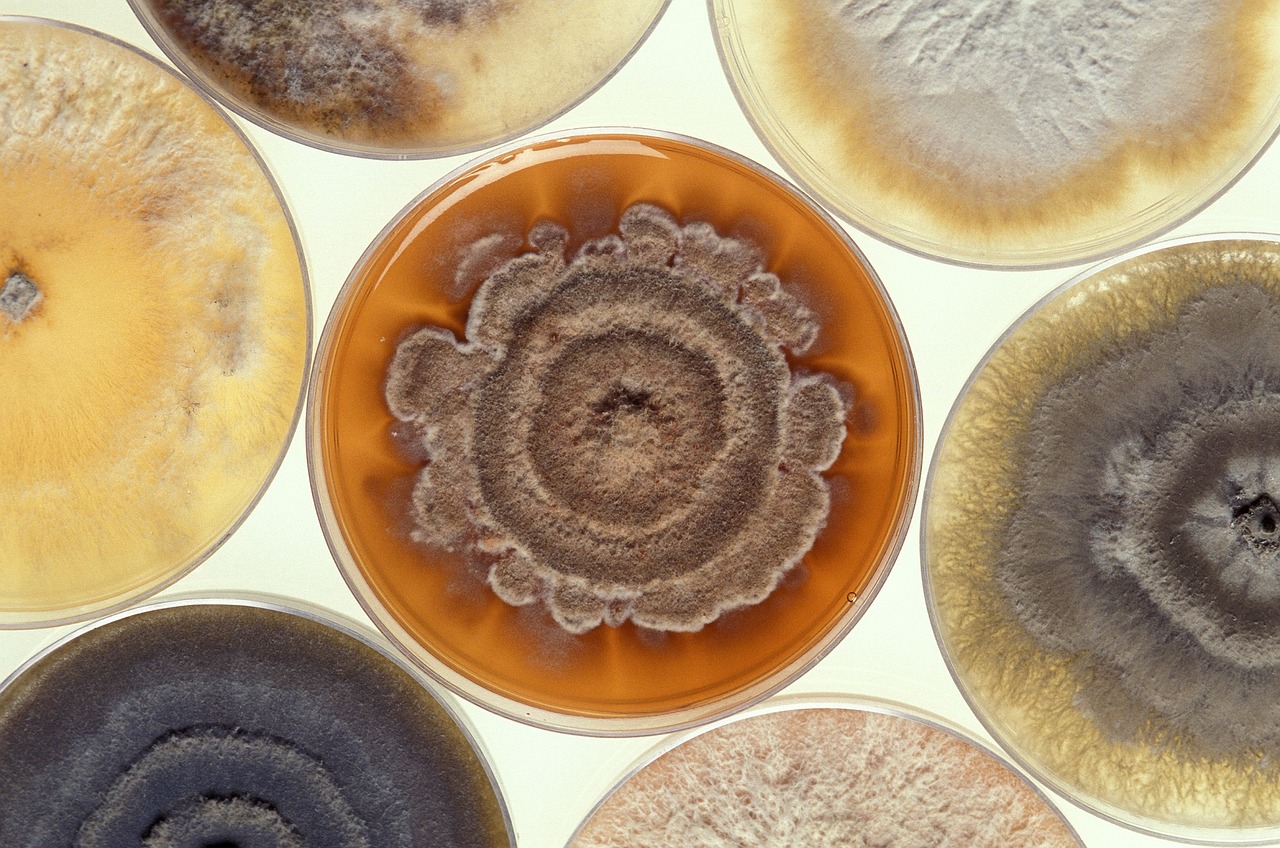How many sexually transmitted infections (STIs) are there right now in the U.S.? Believe it or not, 110,000,000! That’s double the number of folks that get the flu each year. Talk about an epidemic! Not only that, but 20,000,000 new STIs are diagnosed each year. Fully half of these infections occur in 15- to 24-year-olds.
Unfortunately, most studies examining STIs and fertility focus on females and not males. But there is some knowledge about how STIs impact the fertility potential of men. Might be good to know which ones can impair male fertility, don’tcha think?
What Goes Around
A dozen or more STIs are known. Their incidence varies widely by geographic area. In the U.S., 8 common STIs and 2 rare, episodic ones merit discussion. Among them, 4 are caused by bacteria and are curable, 1 is a parasite (also curable) and 5 are viruses that aren’t curable but are controllable. Here are the Top 10 pesky little bugs.
Top 10 STIs in the U.S.
- HPV (human papilloma virus or condyloma; 14 million new cases annually). Alternatively called “venereal warts,” they are associated with cervical and penile cancers, but not male infertility. A preventative vaccine is available for teenagers.
- Chlamydia trachomatis (2.8 million cases). In women, chlamydia infections can block tubes and cause infertility. In men, blockages have not been demonstrated, but many studies show impaired sperm motility and DNA fragmentation either due to inflammation or anti-sperm antibodies.
- Trichomonas vaginalis (1.1 million cases) has no proven association with male fertility but this flagellated parasite has been linked to lower sperm motility. Treatable with antibiotics.
- Gonorrhea (820,000 cases) is a bacterial infection that causes nasty urethritis and potentially epididymitis which could lead to interruption or blockage of sperm flow during ejaculation and result in male sterility.
- Herpes simplex virus (HSV, 776,000 cases) causes painful genital pimples but has no well described association with male infertility. Its effect on developing babies in infected mothers is profound, however.
- Syphilis (55,400 cases). Early infections are marked by genital ulcers followed by neurological symptoms if untreated. Before the age of antibiotics, it was a common cause of dementia. There is no reported toxic effect of syphilis on sperm, but if untreated, infertility can result from inflammation, scarring and blockage of the epididymis and testis.
- HIV (41,400 cases) is associated with reduced semen quality and male infertility, but really only if the infection progresses to the point of weight loss and immunodeficiency.
- Ureaplasma urealyticum and Mycoplasma (common) are tiny bacteria that cling to sperm and may impair sperm motility and function. They are typically found in <1% of asymptomatic infertile men.
- Zika virus (rare) can be transmitted sexually during epidemics with devastating effects on fetal development but no clear effects on male fertility. However, Zika-infected male mice have been shown to be vulnerable to testicular infections and sterility.
- Ebola virus (very rare) is transmitted sexually and that can cause problems much worse than fertility, including death.
So, that’s the scoop on STIs and male infertility. Some are feared and others simply frightening. Remember, you and your partners carry your entire sexual history with you during every encounter. The best way to prevent this cause of male infertility is to practice safe sex. Every time. Treatment is good, but prevention is ideal.
This article first appeared on Dr. Turek’s blog.






